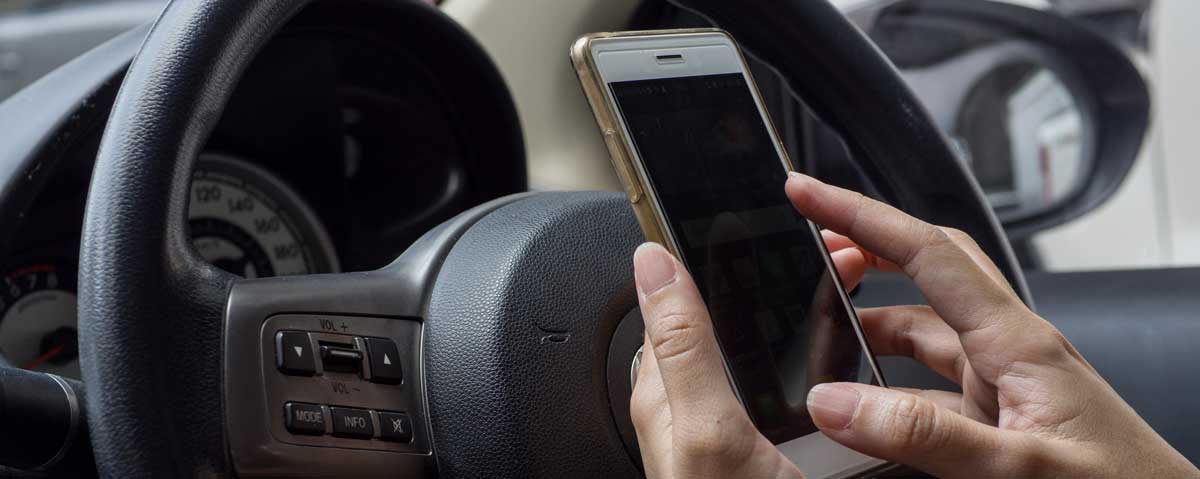
Our Laboratory
The Applied Cognition Lab also studies the attention network of the brain and how it is modulated by time spent in nature. We use electroencephalography, electrocardiography, and cognitive and behavioral measures to explore potential biomarkers for the so-called ‘nature effect’. Over the last decade, the University of Utah has been studying driver distraction to better understand how and why people can become overloaded while multi-tasking. We use sophisticated equipment, including driving simulators, eye trackers, and we also measure brain activity (electroencephalography) and use neuroimaging technology (functional magnetic resonance imaging) to understand the cognitive neuroscience of driver distraction. The Applied Cognition Lab also studies the attention network of the brain and how it is modulated by time spent in nature. We use electroencephalography, electrocardiography, and cognitive and behavioral measures to explore potential biomarkers for the so-called ‘nature effect’.
Our Mission
Our mission is to make our roads safer by reducing driver distraction, which has become an epidemic on our roadways. The laboratory at the University of Utah conducts state of the art research to better understand the impact of advanced in-vehicle technology on driver distraction. Some of the newer technologies have contributed to the problem of distracted driving, whereas other technologies are helping to solve the problem. The research at the center addresses three specific goals associated with the most prominent form of wireless communication, the cellular phone. First, we conduct scientific research that documents the effects of wireless communication and related technologies on driving performance. Second, we compare and contrast the increased risk associated with using these technologies to other real-world activities. Finally, we provide a theoretical account for why these technologies disrupt driving performance. The research conducted at the center will provide essential information for the development of public policies aimed at saving lives by reducing driver distraction.


